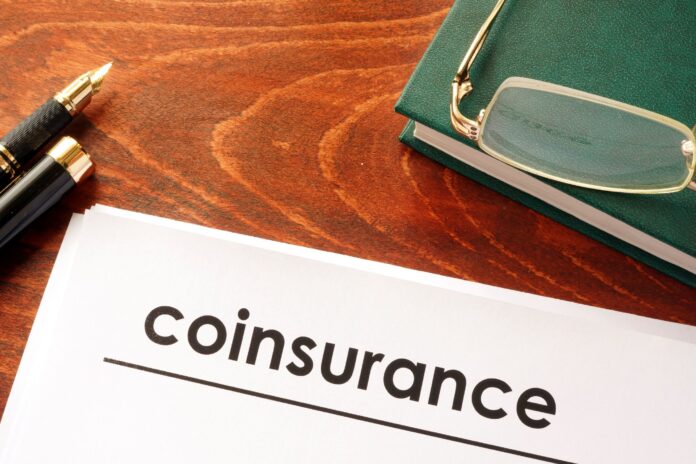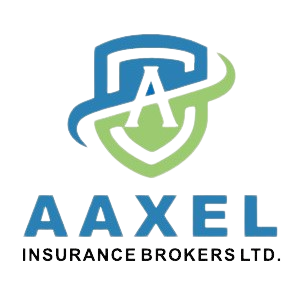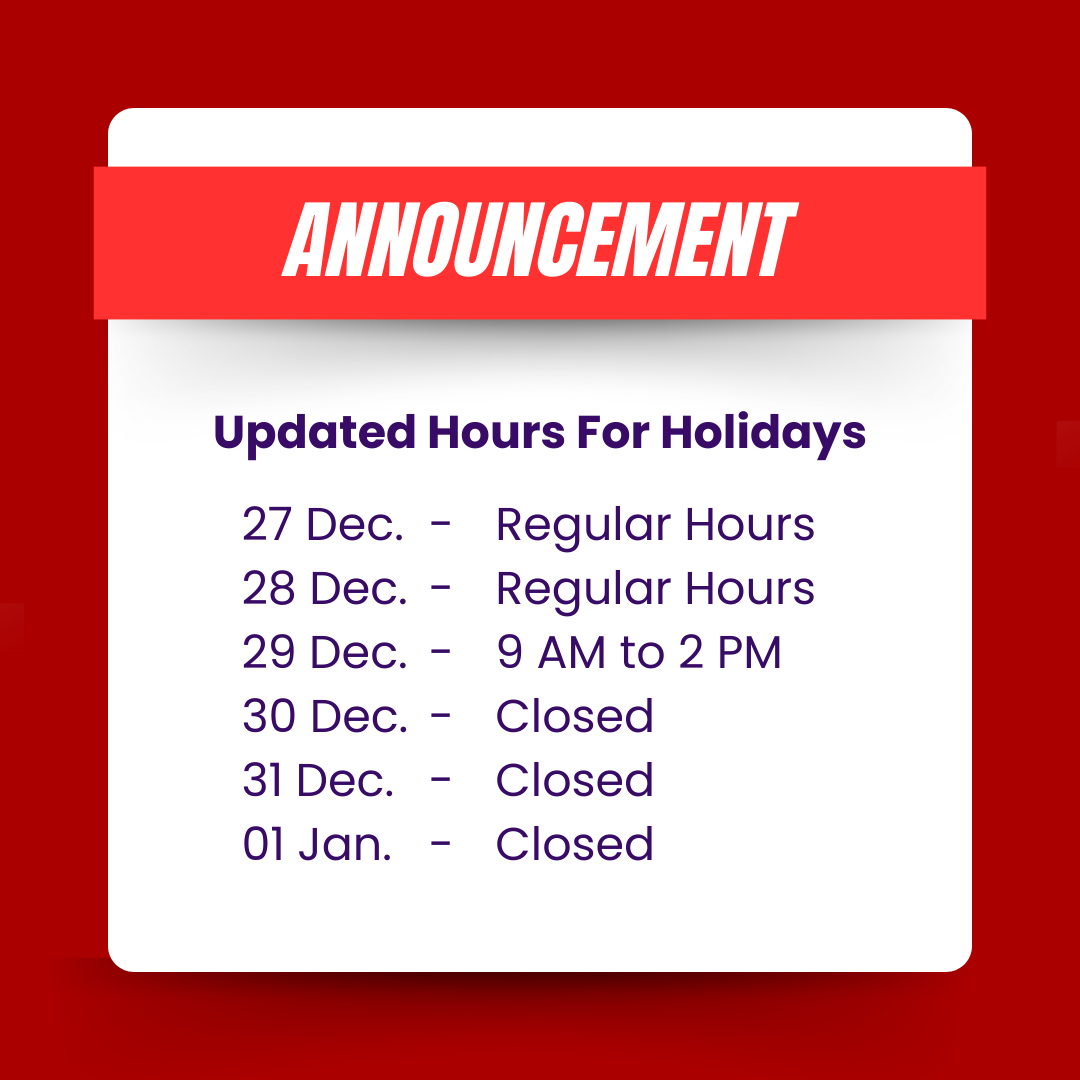As the 2nd wave of Covid -19 is here, Constructions sites have exposures like theft of materials and equipment, damage due to water, fire, nuisance, Bodily injury and or property damage. Risk mitigation on construction sites is very important and contractors that have had these sites temporarily shut down, review that no exposure is left unattended that could give rise to a claim. Simplified checklist for insureds to review their exposures is below:
- Review your business insurance policy and your fleet insurance policy
- Site must be cleared of any waste, materials and or equipment. This includes any walkways, roadways, sidewalks, etc. on the property including those attached or adjacent to it.
- Ensure on-site waste bins are completely empty of debris.
- Where possible, remove any equipment and or materials used in the construction of the building. If they can’t be removed from the site, proper storage must be done.
- Have additional security measures including additional fencing, additional interior and perimeter lighting, CCTV or patrol service.
- Have a site supervisor/project manager/other employee visit the project site daily if possible. It may be acceptable to visit as infrequently as twice a week depending on the specifics of the project.
Keep documentation of when and where a site was visited and how the site was left, including the current phase of construction development. Document if any issues came up and the state of the project site – photos and video would be key in this regard. - Ensure that all cranes have been secured and all necessary protocols have been taken to prevent property damage or bodily injury
- Confirm that all utilities to the site have been secured, locked or disconnected where possible. If water is being shut off then ensure lines have been drained – this may change if a sprinkler system is present and functional.
- If the roof of the building has been installed, ensure that no debris and/or equipment remain on it.
- If downspouts and drains have been installed, ensure they are clear of any blockages.
- If there are any fuel tanks, flammable liquids or gas present, ensure that they are emptied and/or removed from the job site.
- Maintain a sufficient number of fire extinguishers around the site and if necessary, increase the number of available extinguishers.
Above list can work as a good starting point and you must consider hiring a professional to assess and address your exposures.







